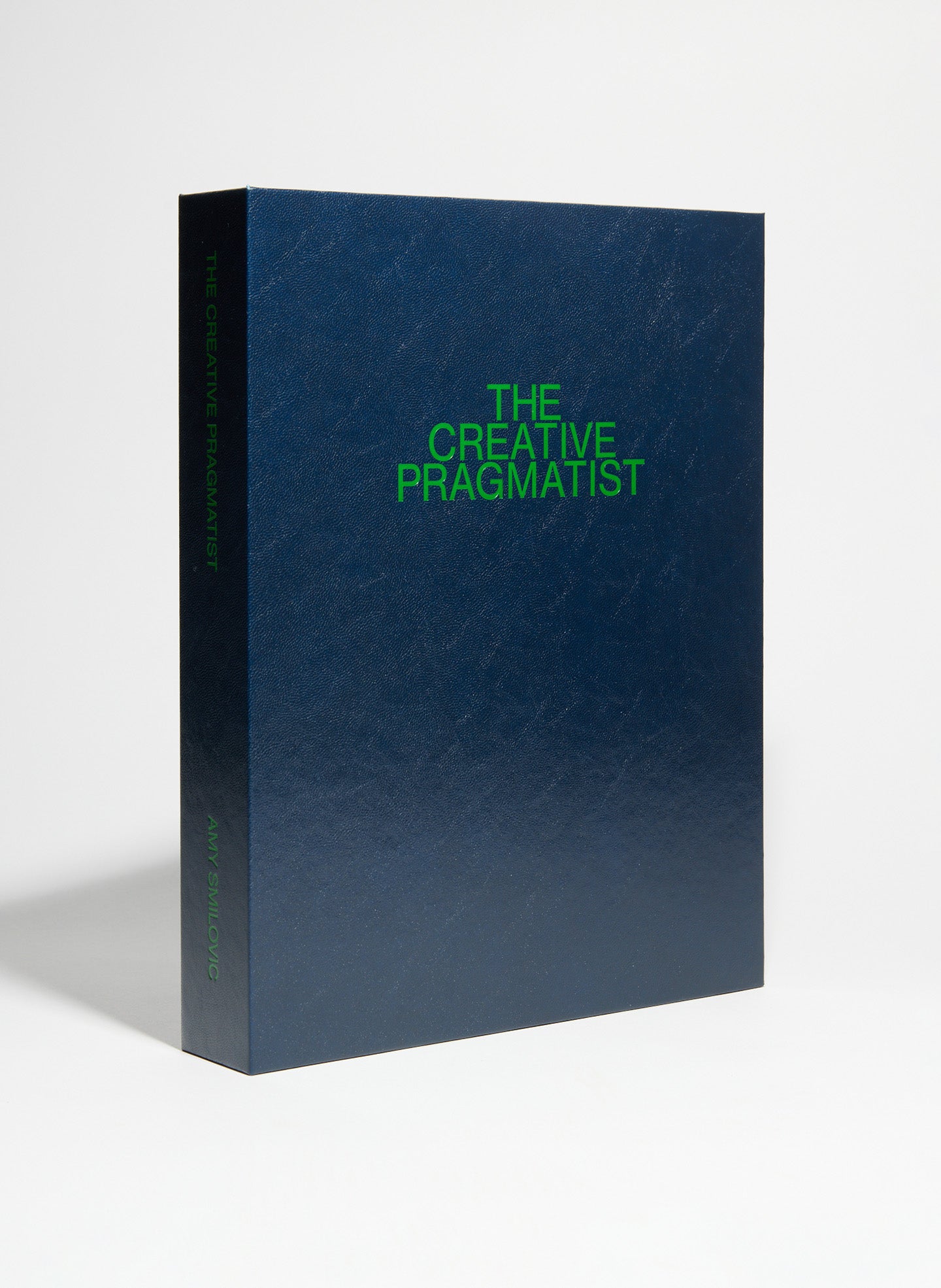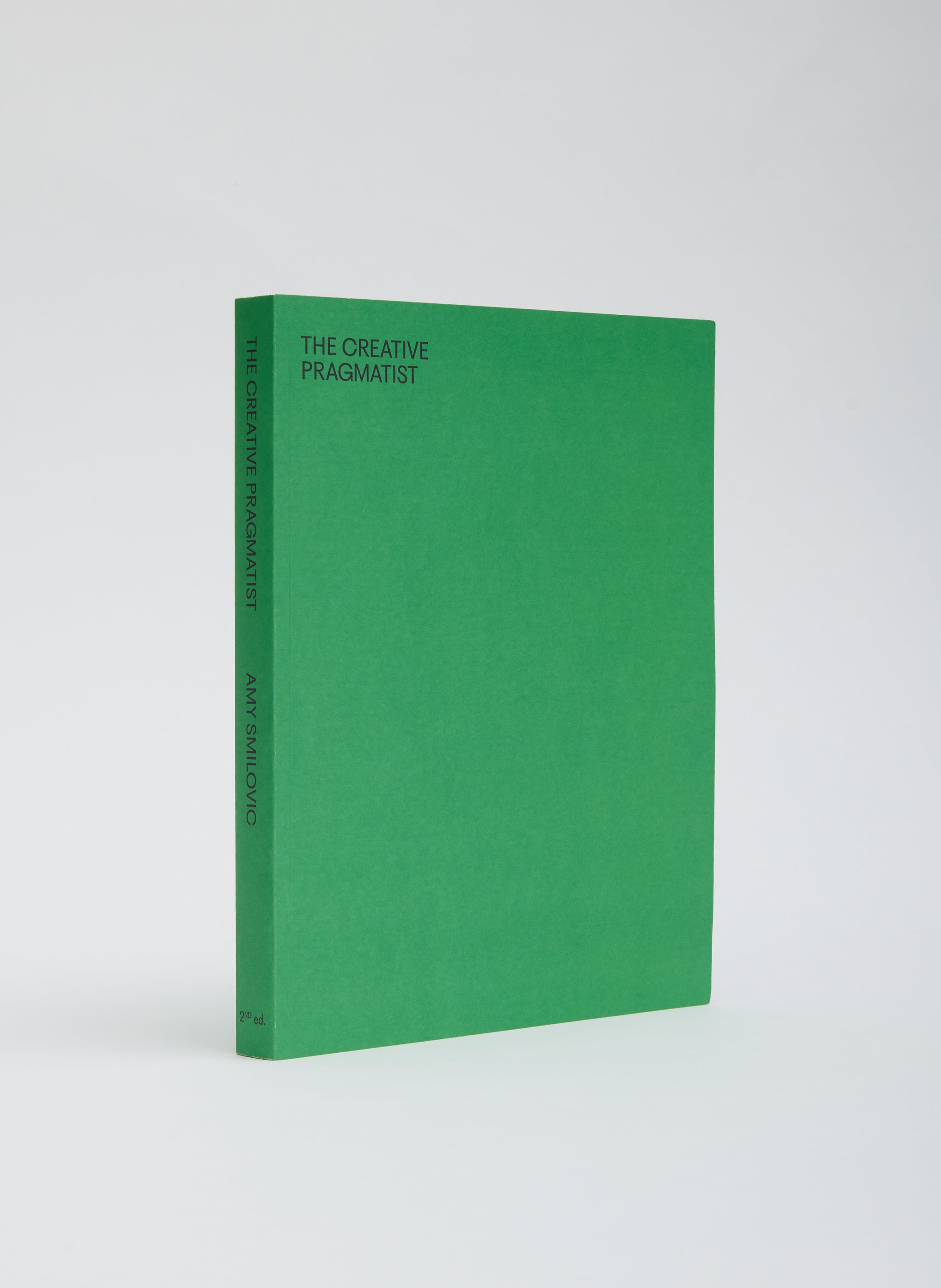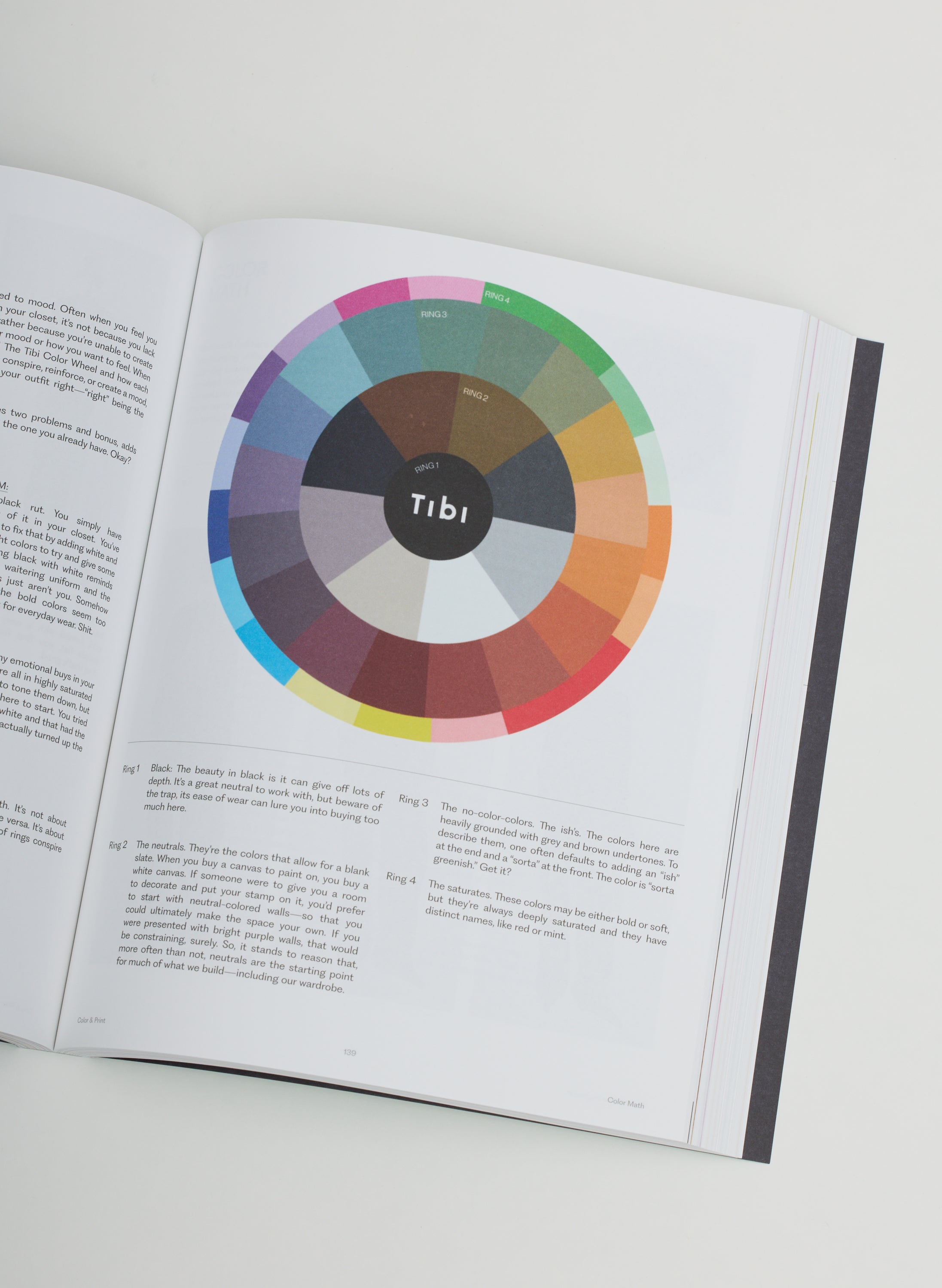So, this whole “creative pragmatist” idea. Sounds a bit like something you’d read in a business book, right? But for me, it wasn’t some grand theory I studied. It was more like something I stumbled into, out of sheer necessity, really. It’s about figuring out how to make cool stuff happen without, you know, having all the resources in the world.

That One Project…
I remember this one time, vividly. I was working on a project, a kind of interactive piece for a community arts festival. The folks organizing it had these huge, sparkling ideas. They were talking about custom-built kiosks, crazy light shows synced to user interaction, the works. Honestly, it sounded amazing on paper.
And me? I was all in, creatively. My mind was buzzing. I started sketching out these elaborate designs, thinking about unique user interfaces, maybe even some bespoke hardware. I was picturing something really cutting-edge, something that would blow people away. That was the “creative” part, running wild and free.
Then came the “pragmatist” part, hitting me like a ton of bricks. We got the final budget. And the timeline. Let’s just say, my grand visions and their actual resources were on completely different planets. The budget was shoestring, and the deadline was, well, terrifyingly close. There was simply no way we could build the dream version.
Okay, New Plan (Sort Of)
So, what do you do? Panic? Give up? Nah. That’s where you have to get real. I had to sit down and strip everything back. I asked myself: What’s the absolute core of what this thing needs to do? Forget the fancy stuff for a moment. It needed to share information, and it needed to be a bit engaging. That was it.
This is where the “creative pragmatist” hat really went on. It wasn’t about being less creative, but about channeling that creativity into finding clever, practical solutions.

Instead of custom kiosks, we thought:
- Could we use some old tablets we had lying around? Yes.
- Could we build a simple web app that could run on them, instead of complex native software? Absolutely.
- For the “engaging” part, instead of wild light shows, could we use smart, simple animations and good graphic design within the app itself? Definitely more doable.
We had to get resourceful. We scoured for open-source tools. We simplified the user journey. We focused on making the core experience really solid, even if it wasn’t flashy. The creativity shifted from “what’s the most amazing thing we can imagine?” to “what’s the most amazing thing we can actually build with what we’ve got?”
Making It Work
The process was a hustle. Lots of quick prototypes, lots of “okay, that won’t work, what else?” moments. We had to be flexible. We found an old projector, and figured out a way to make a simple, large-scale interactive backdrop using just that and a basic motion sensor. It wasn’t what was originally pitched, not by a long shot. But it was something, and it was achievable.
We ditched the idea of collecting loads of user data because the infrastructure for that was too complex for the timeframe. We focused on a simple, anonymous interaction. Every decision became a balance: the creative urge versus the practical constraint. It was all about making smart compromises.

In the end, we launched it. And you know what? People liked it. It wasn’t the high-tech marvel we initially dreamed of. But it worked, it conveyed the message, and it engaged people in a simple, direct way. The festival organizers were happy because we delivered something functional and engaging within their means. We pulled it off.
So yeah, that’s my take. Being a “creative pragmatist” isn’t about sacrificing creativity. It’s about being smart with it. It’s about understanding the real-world limits – time, money, resources – and then using your creative brain to find the best possible path within those limits. Sometimes, the most creative solutions are born out of the tightest constraints. It’s less about dreaming big and more about doing smart, I guess. And that’s usually how stuff gets done in the real world, isn’t it?



